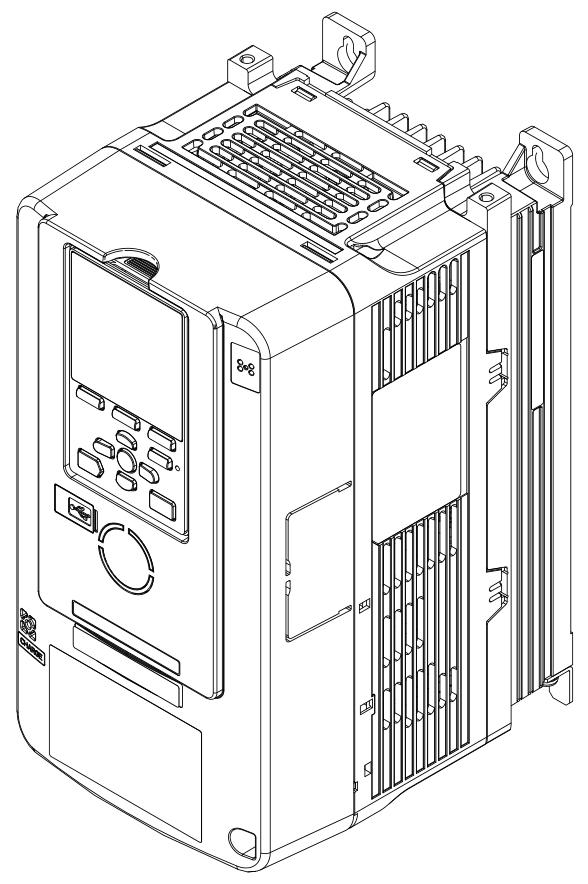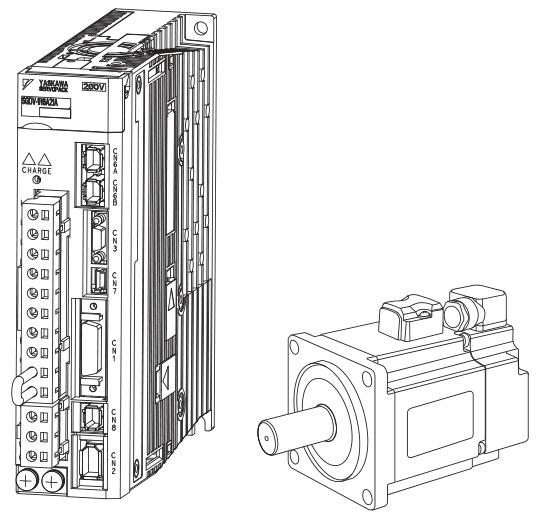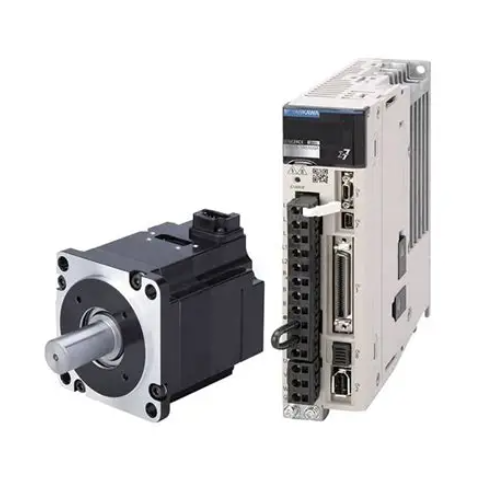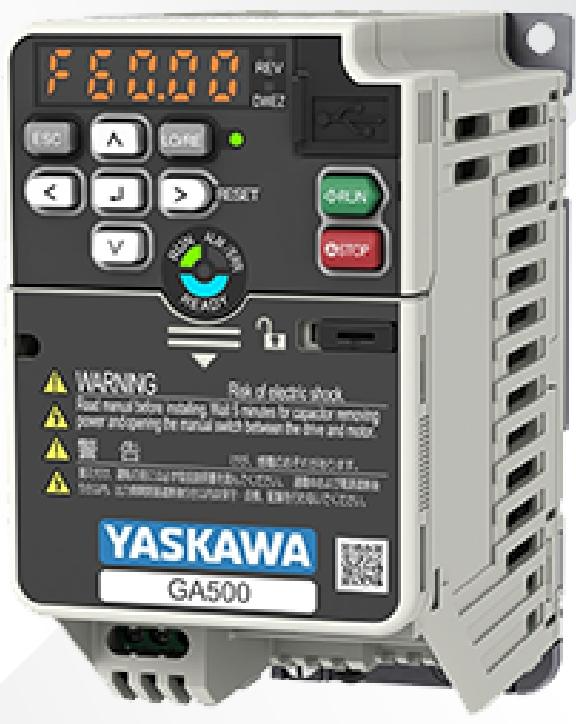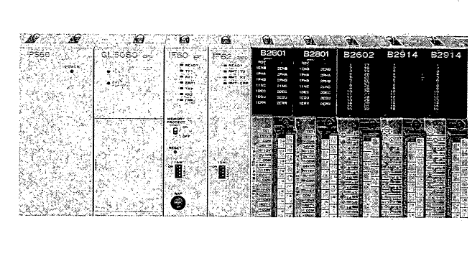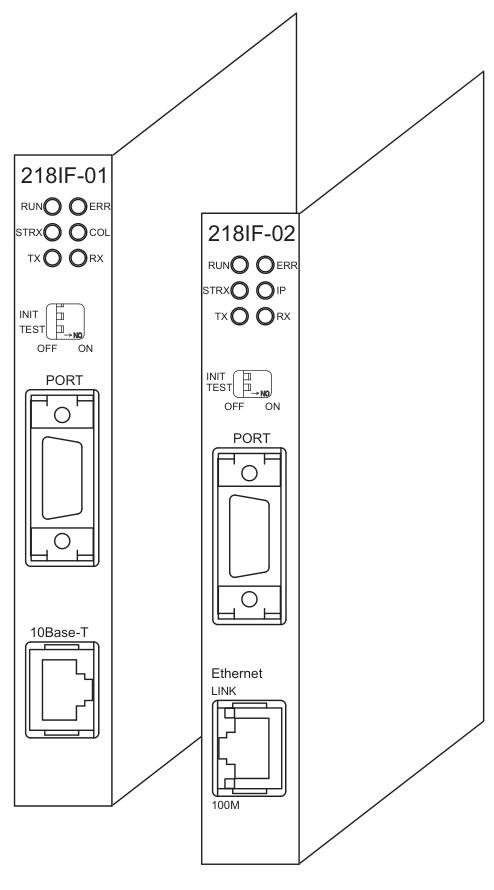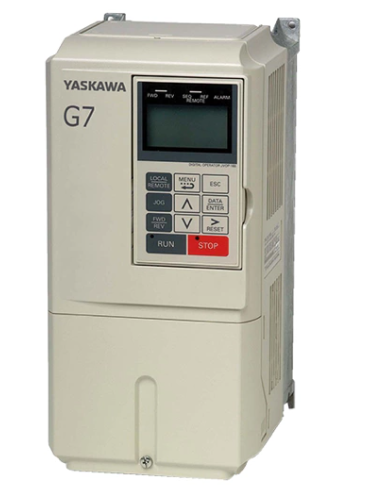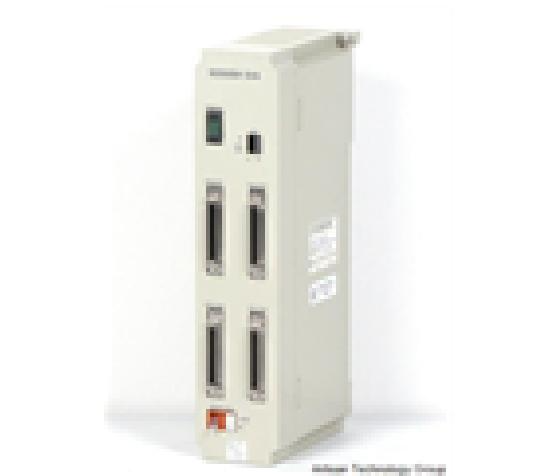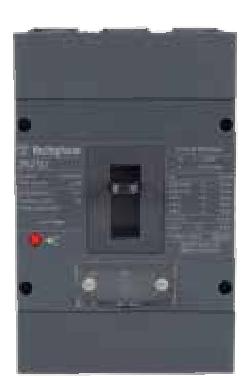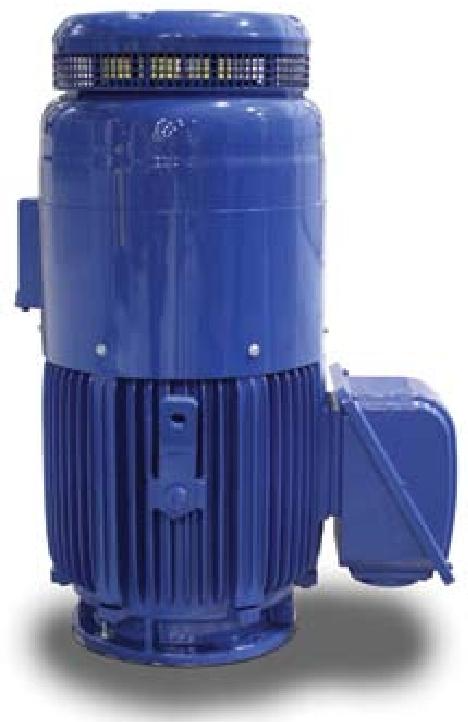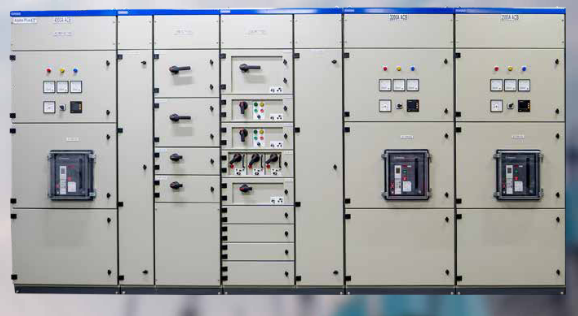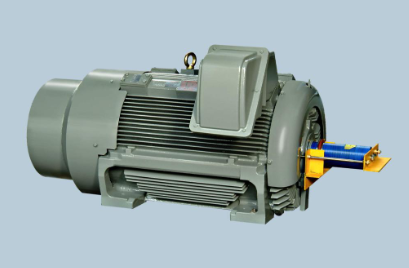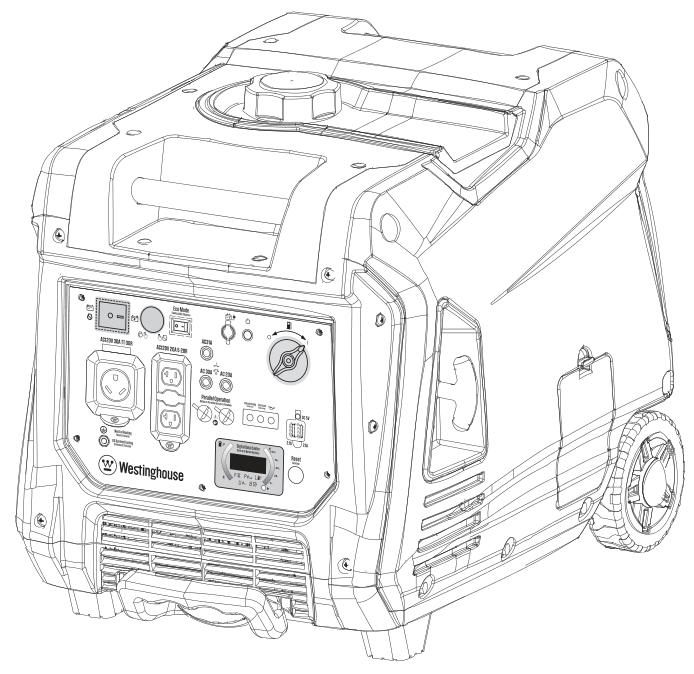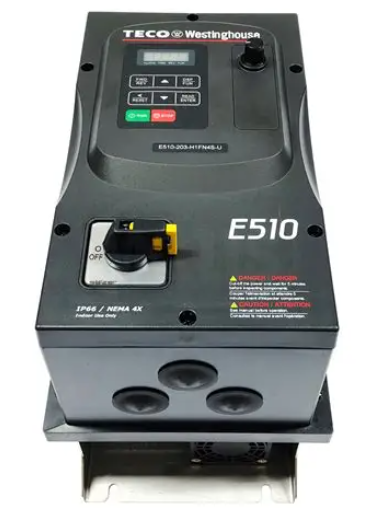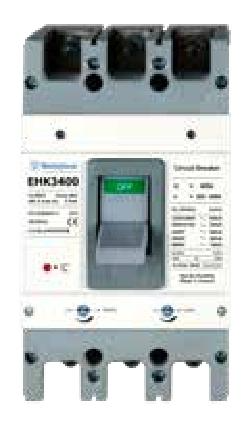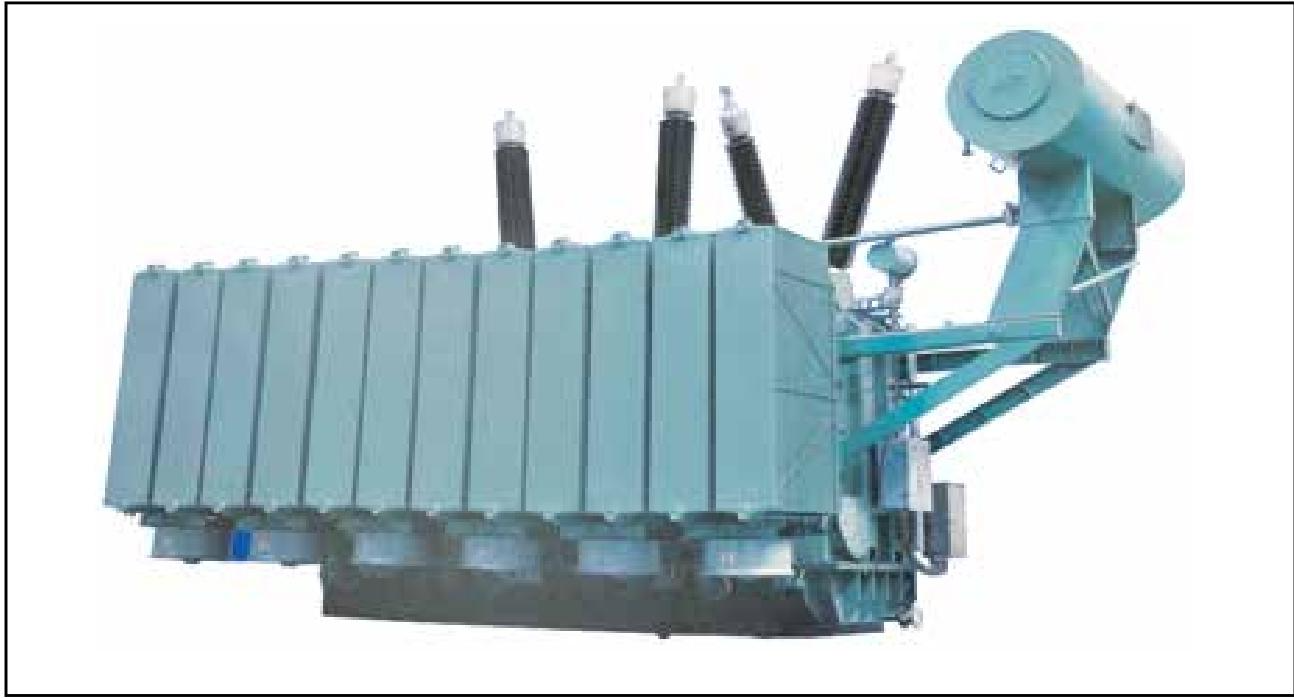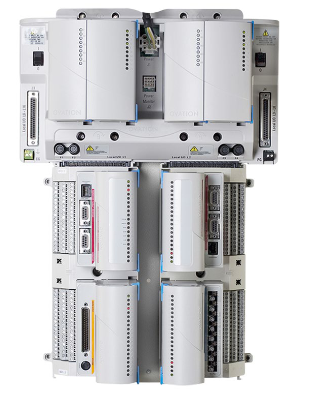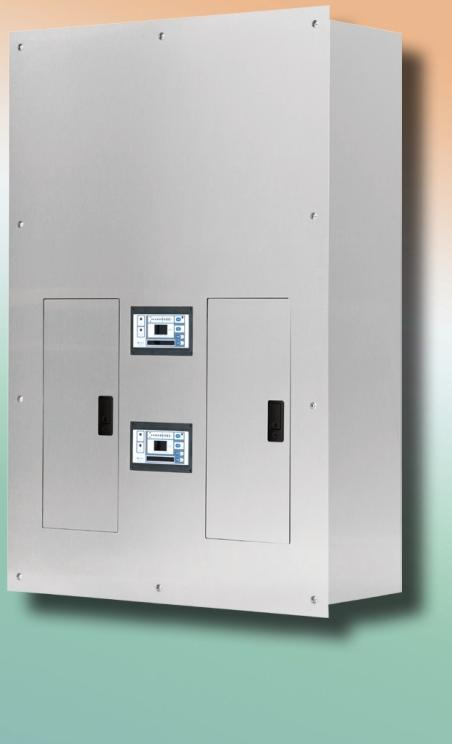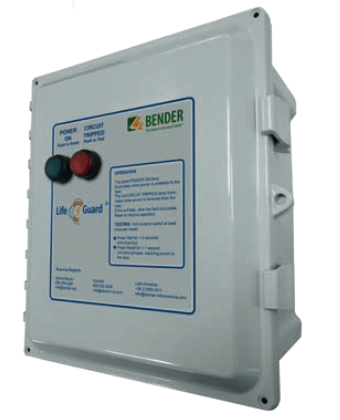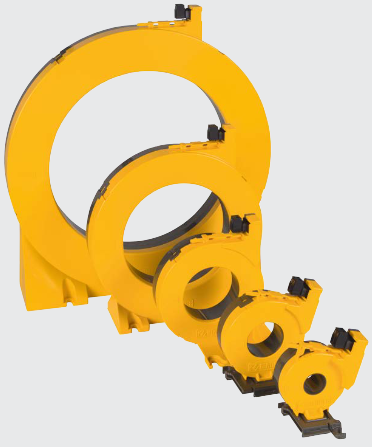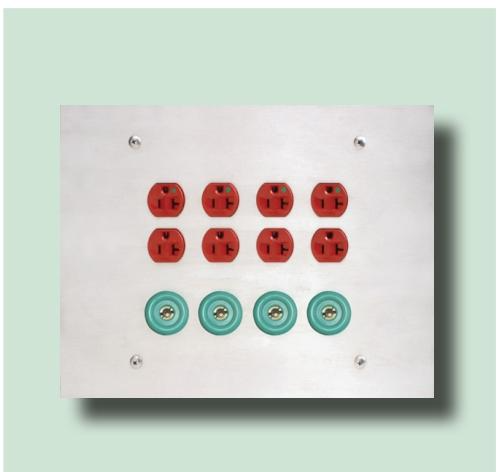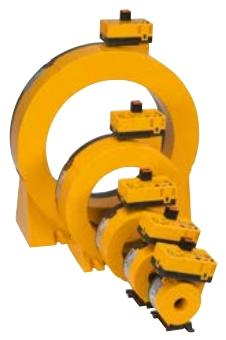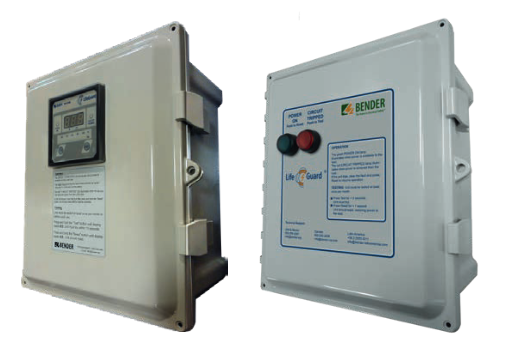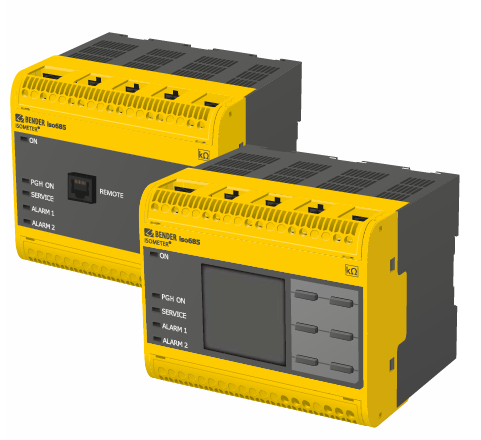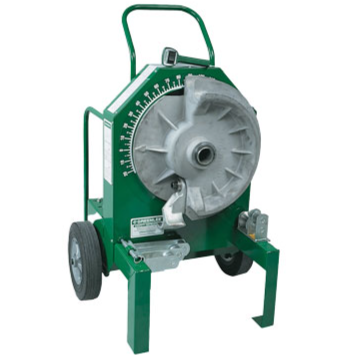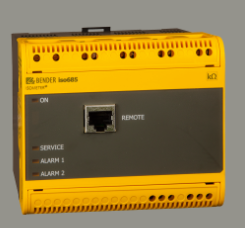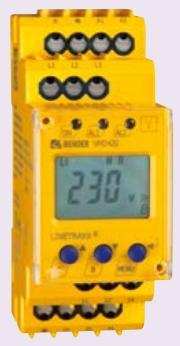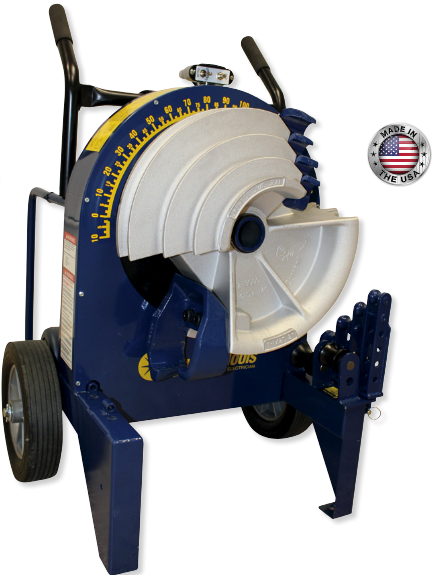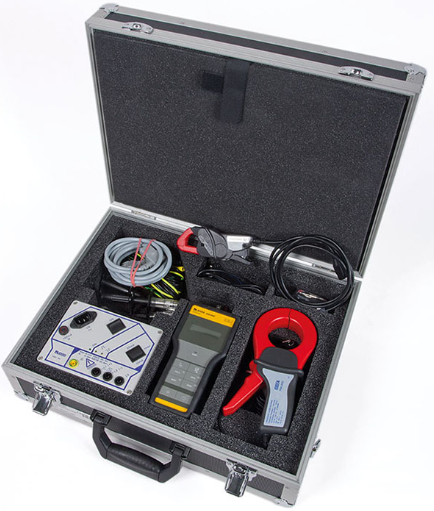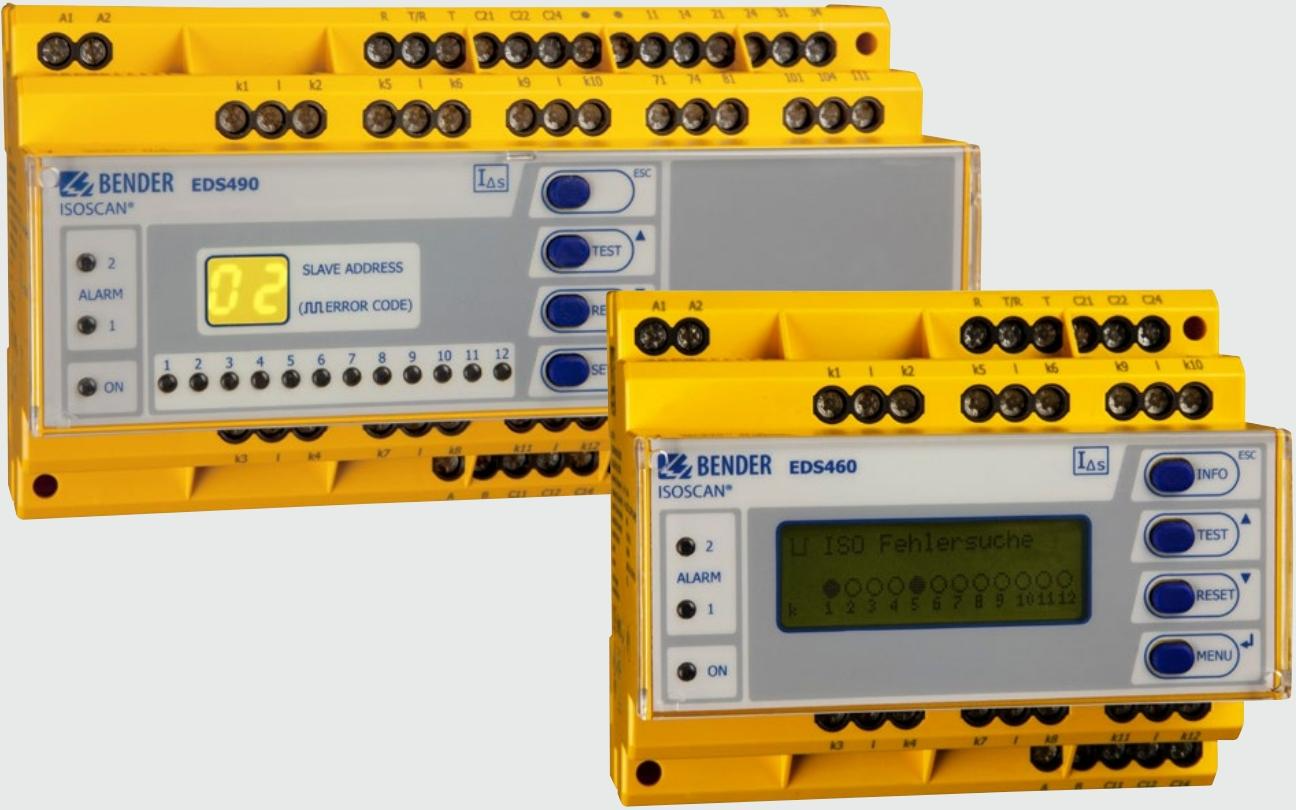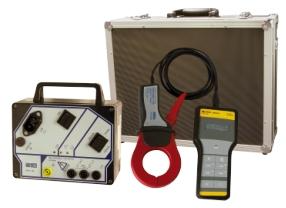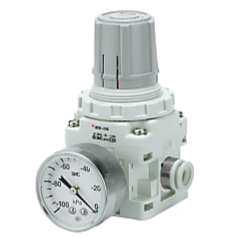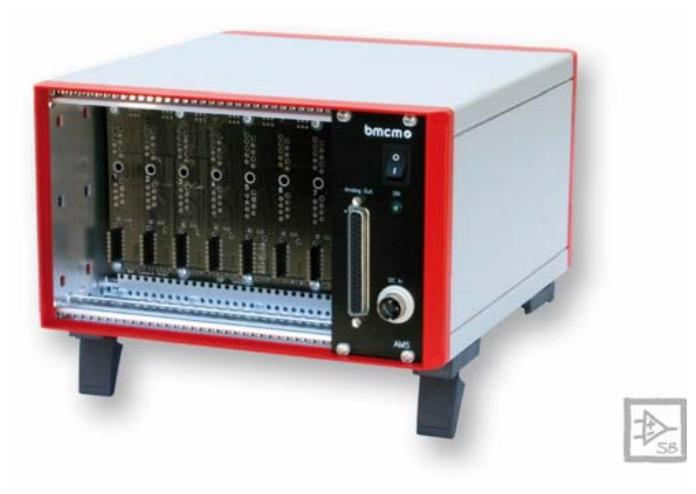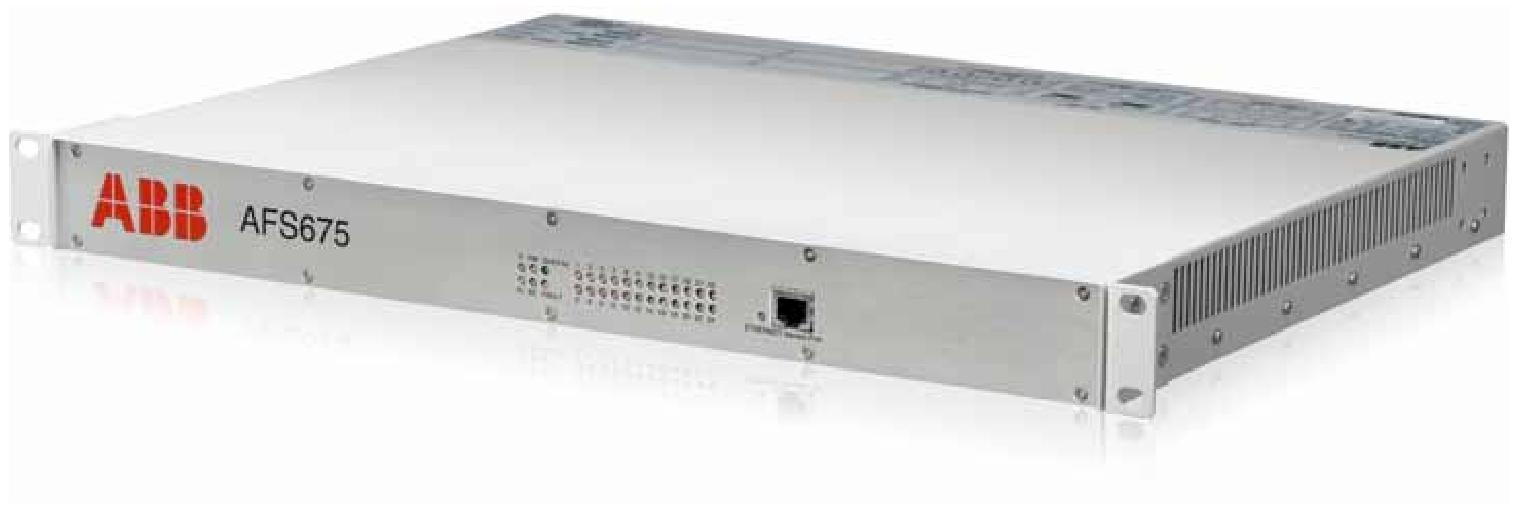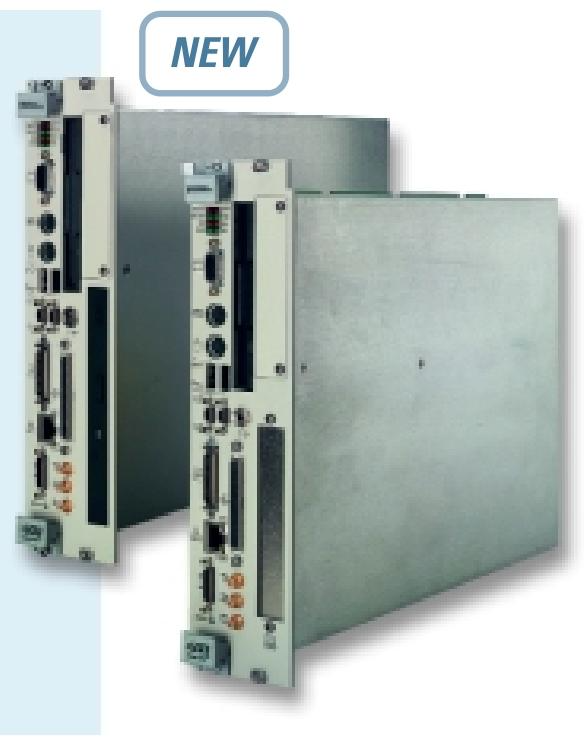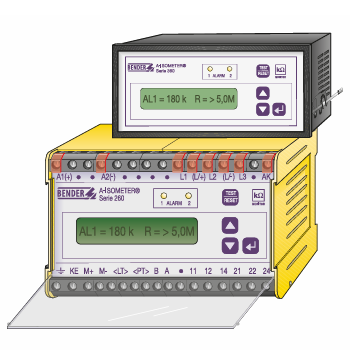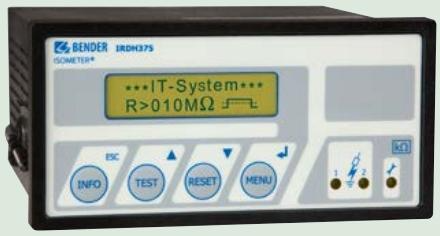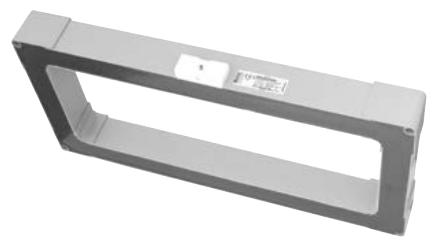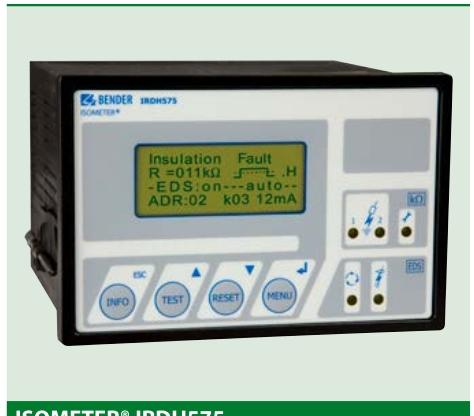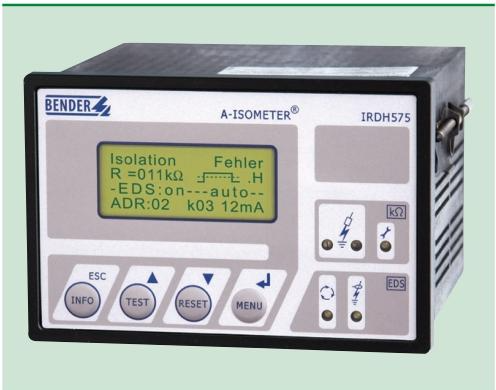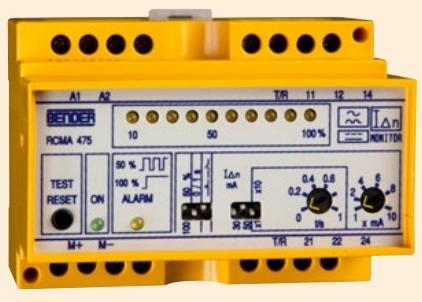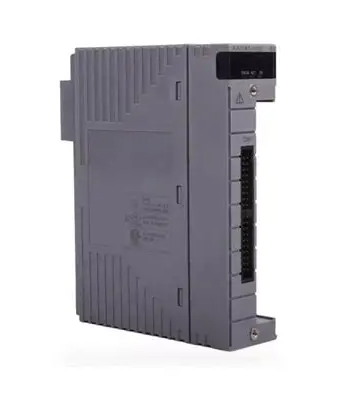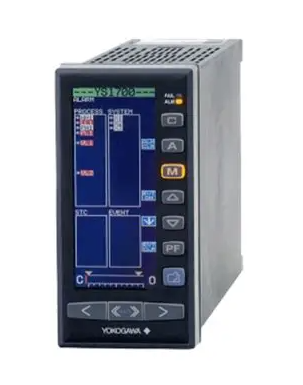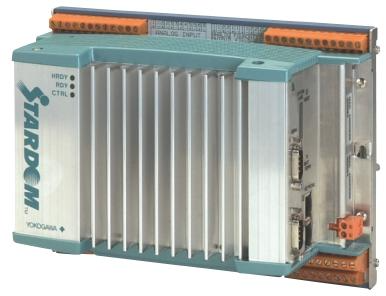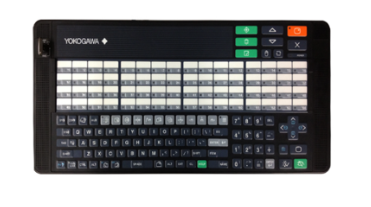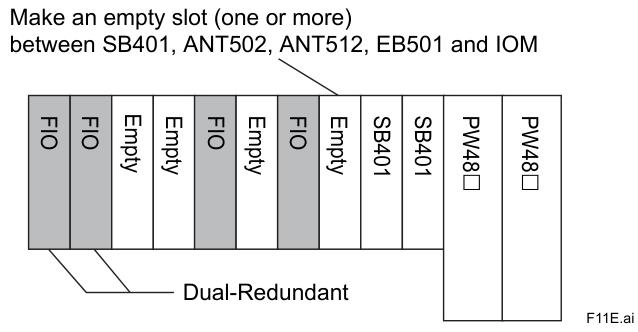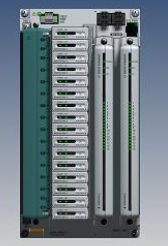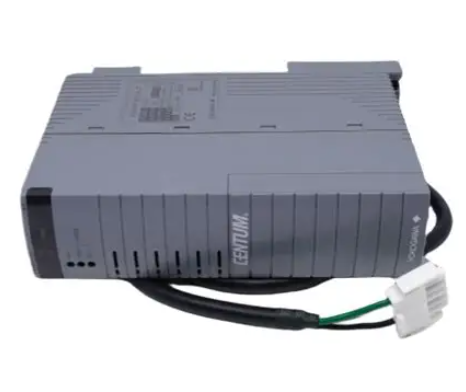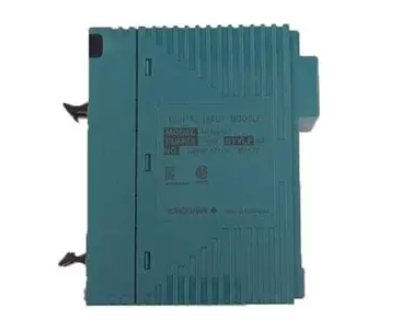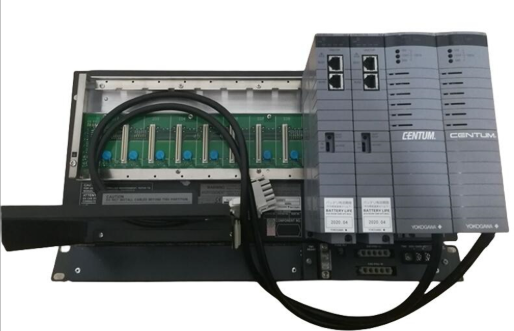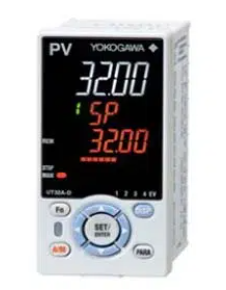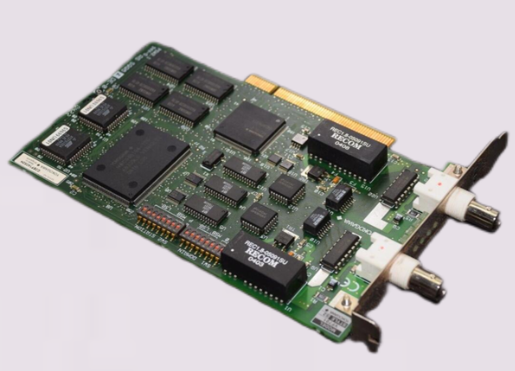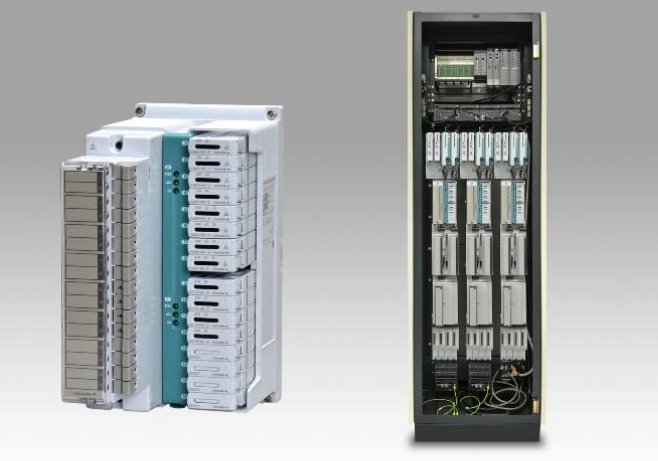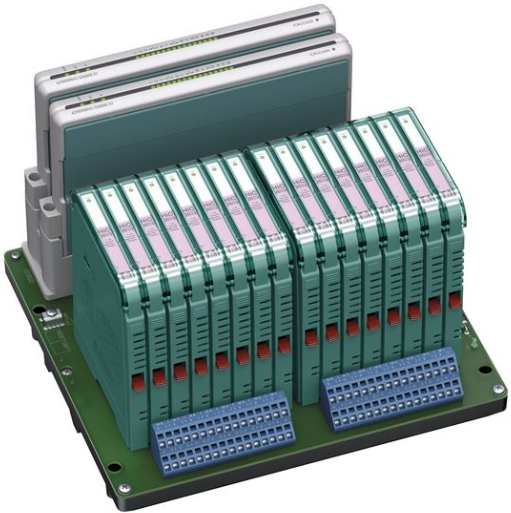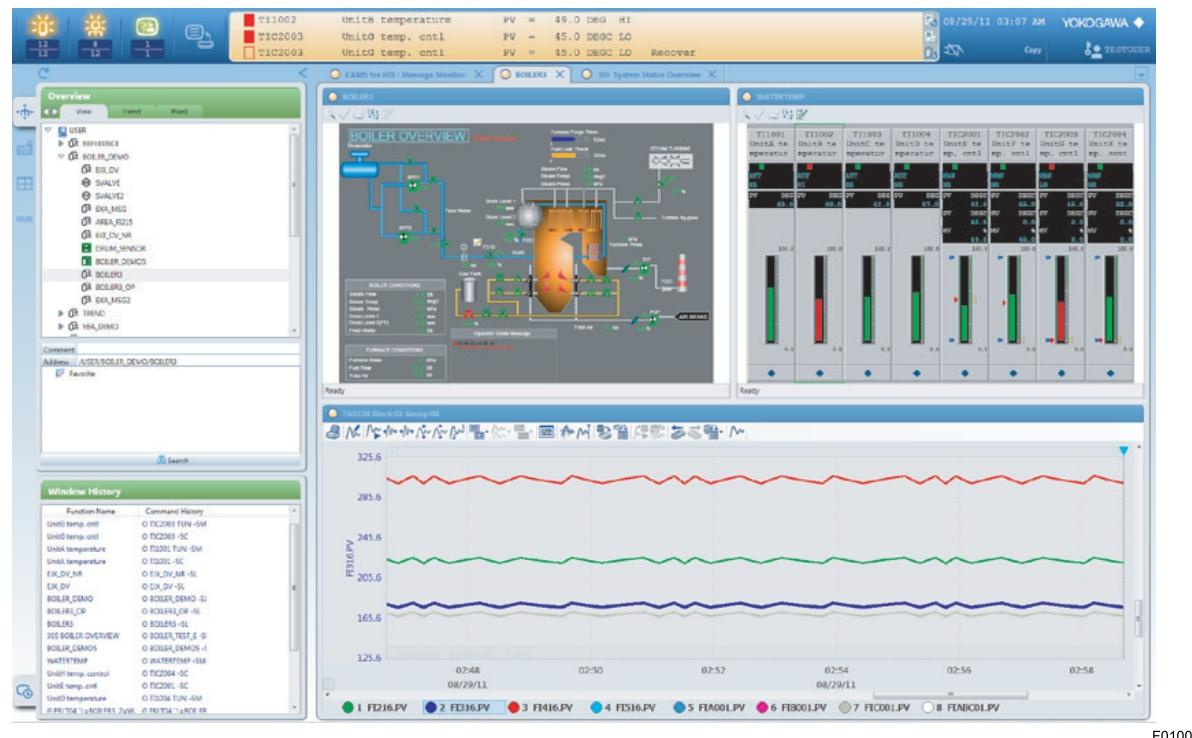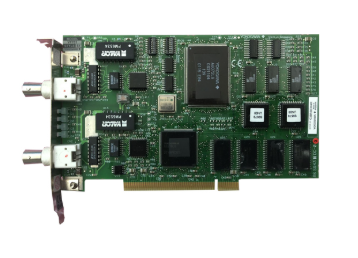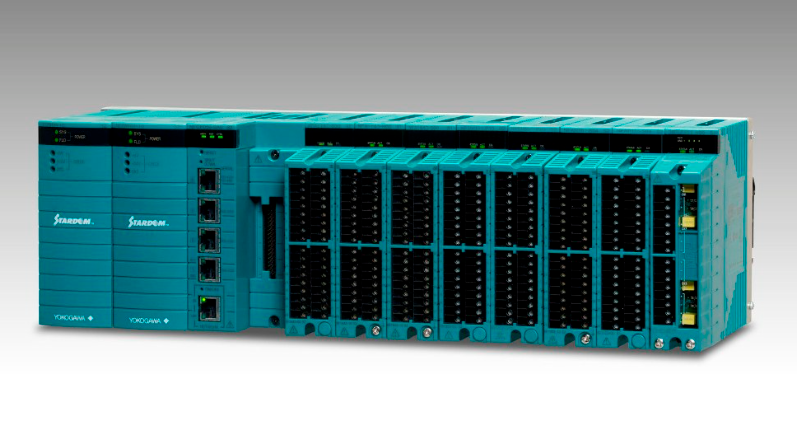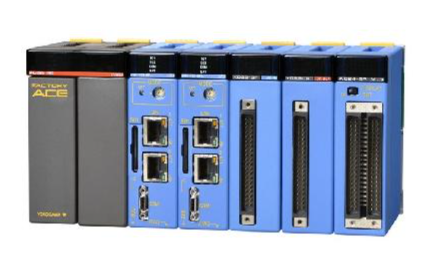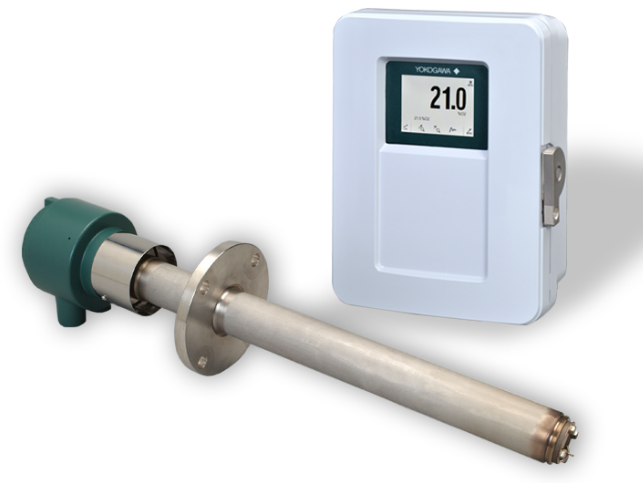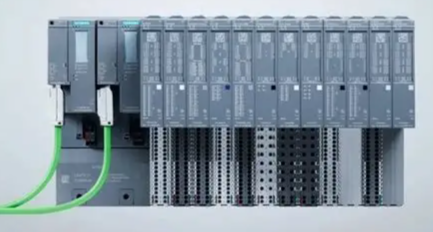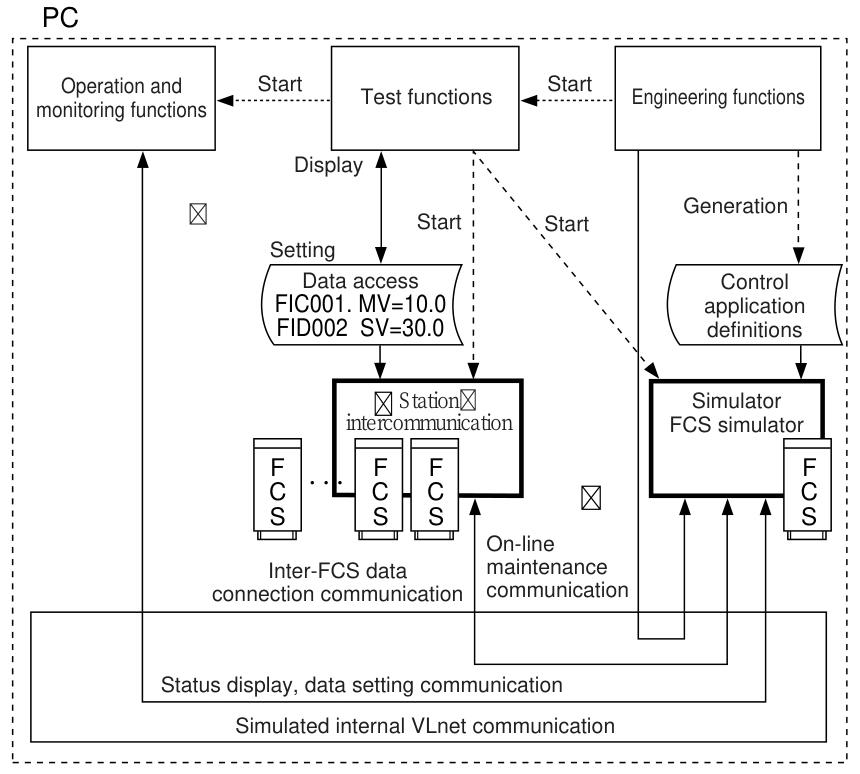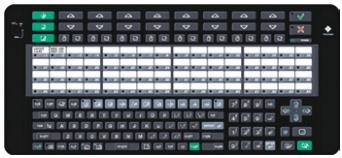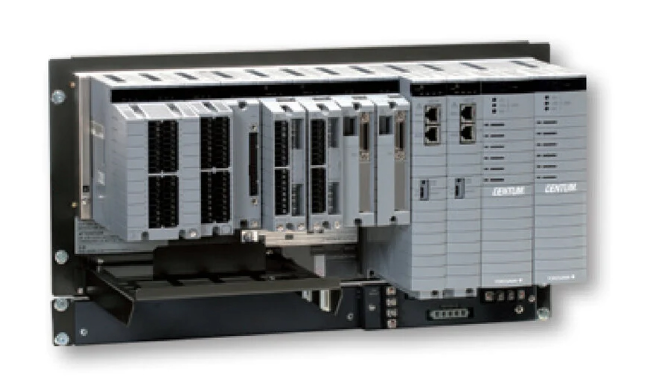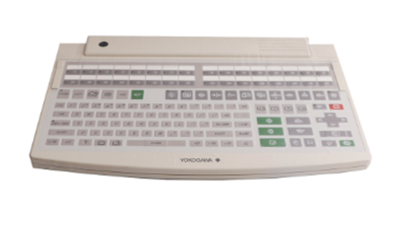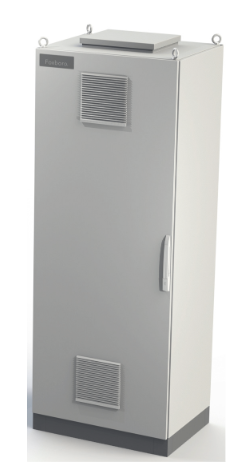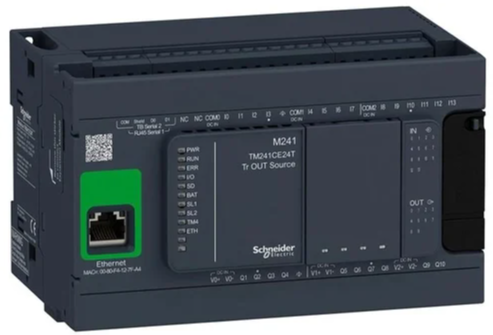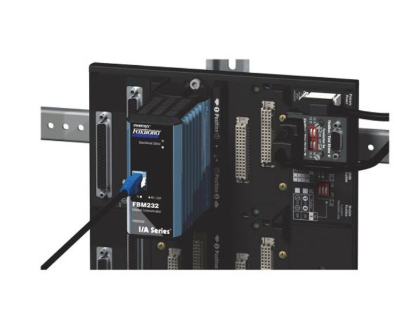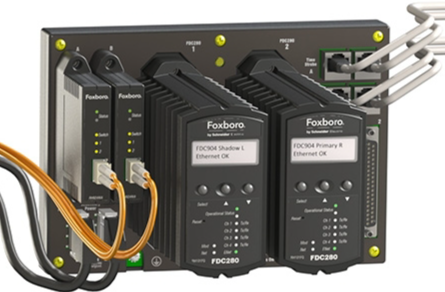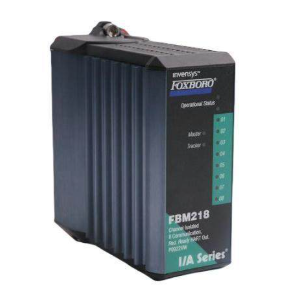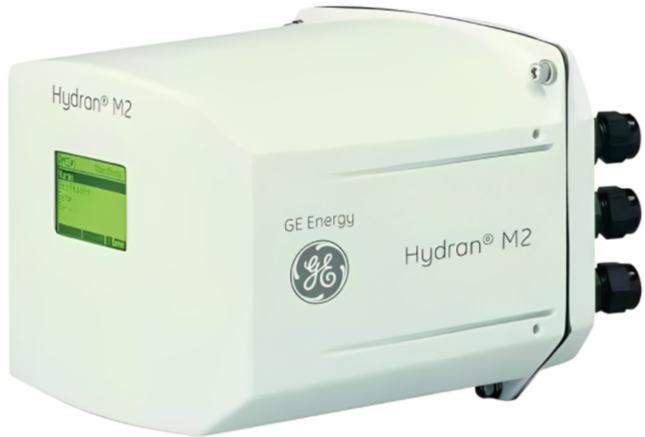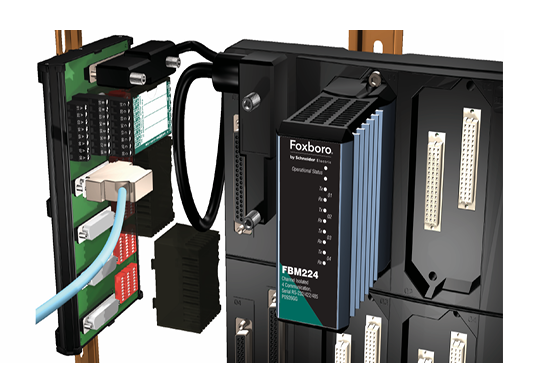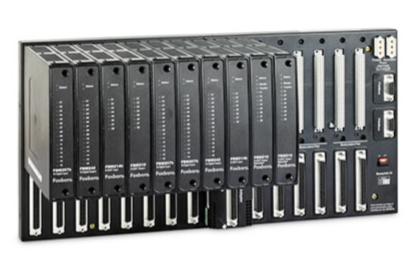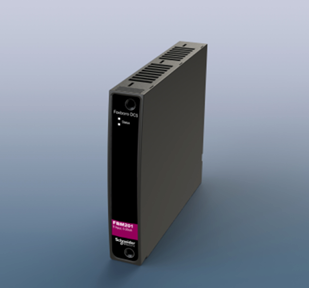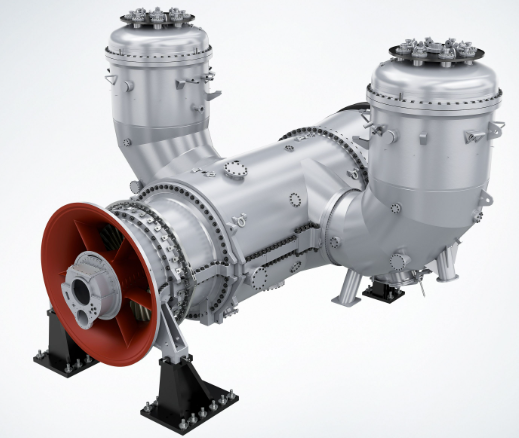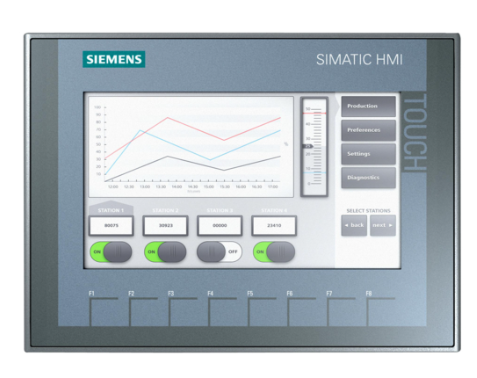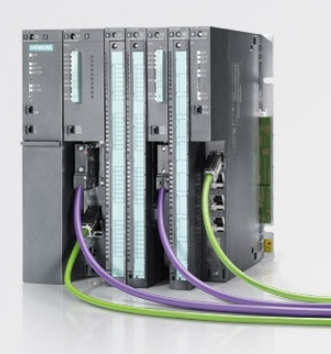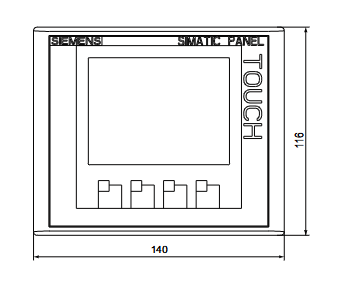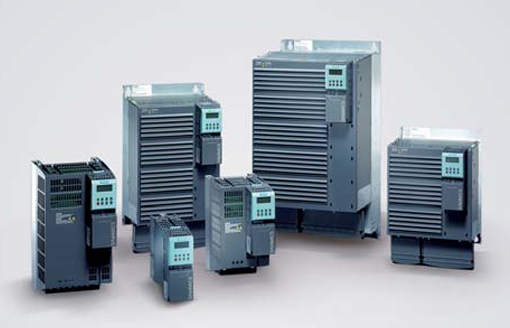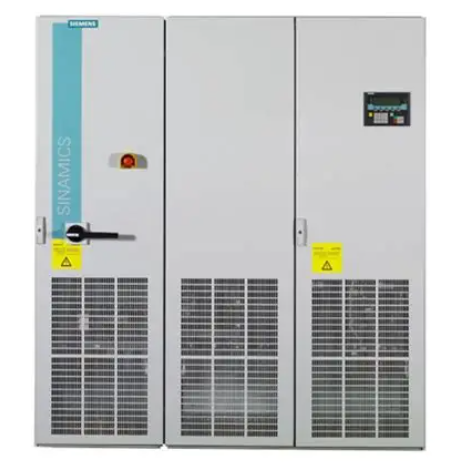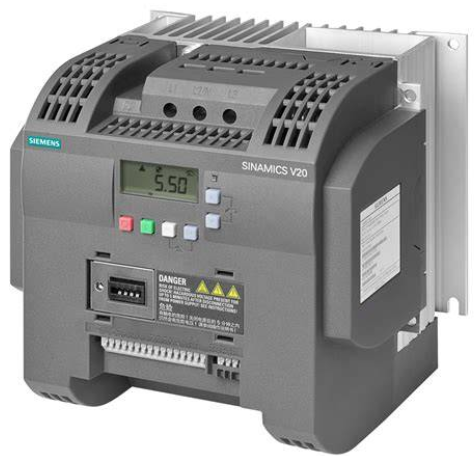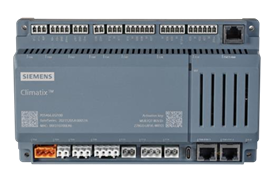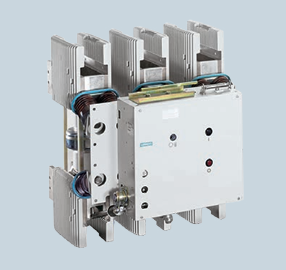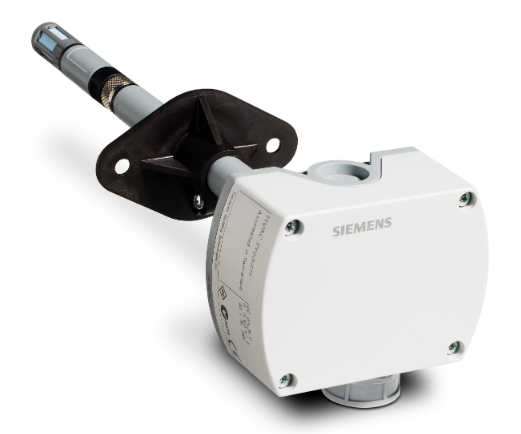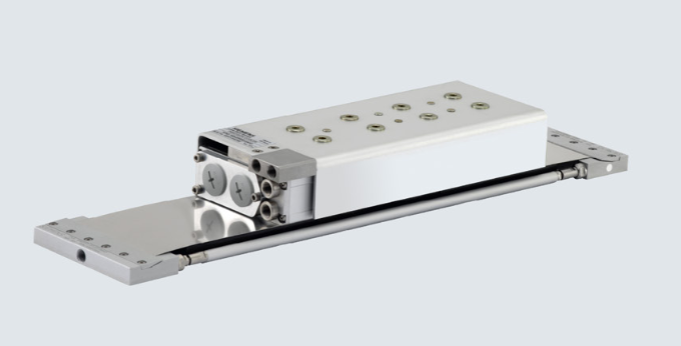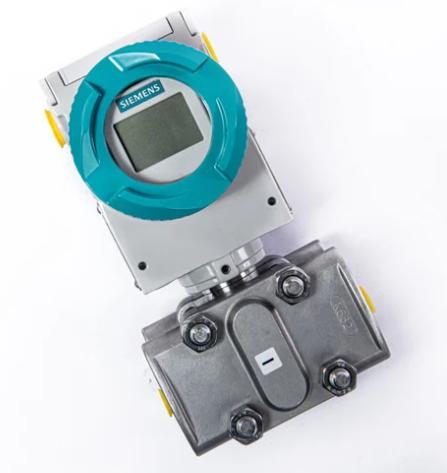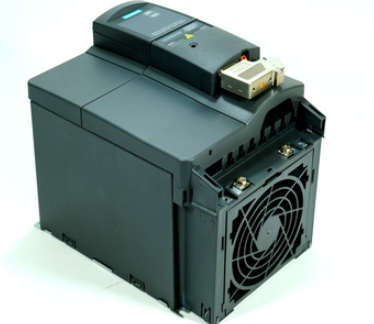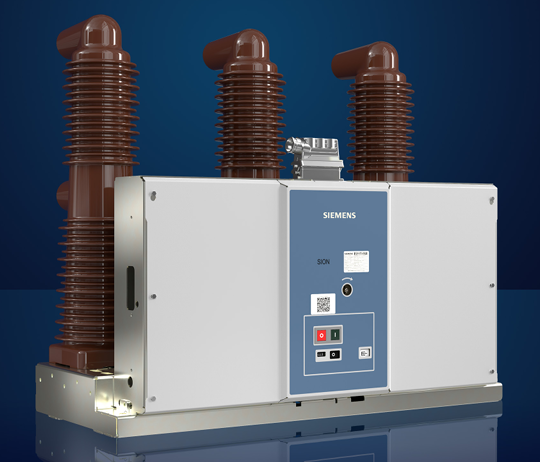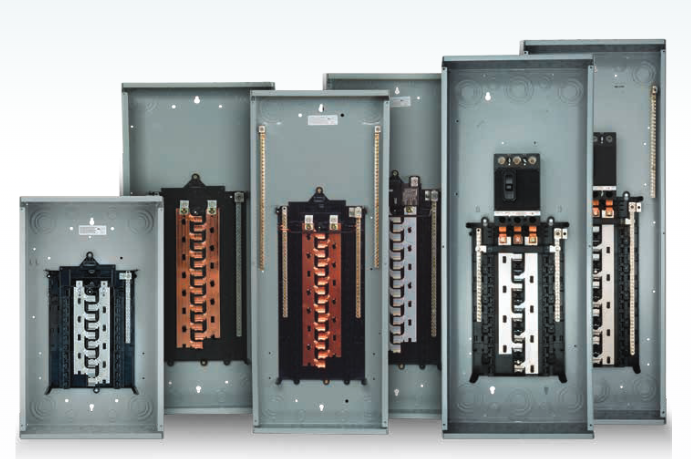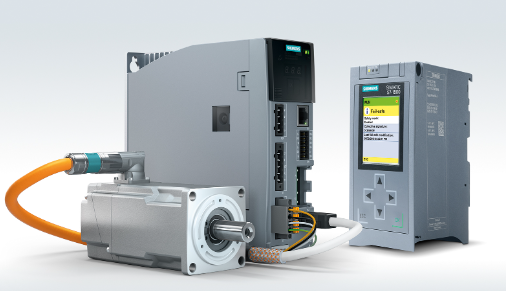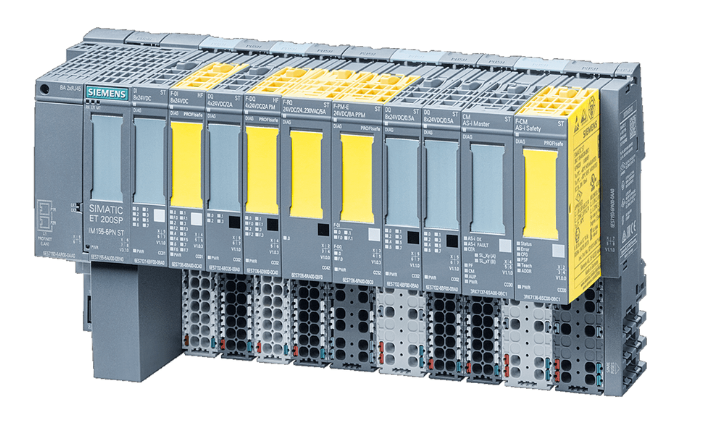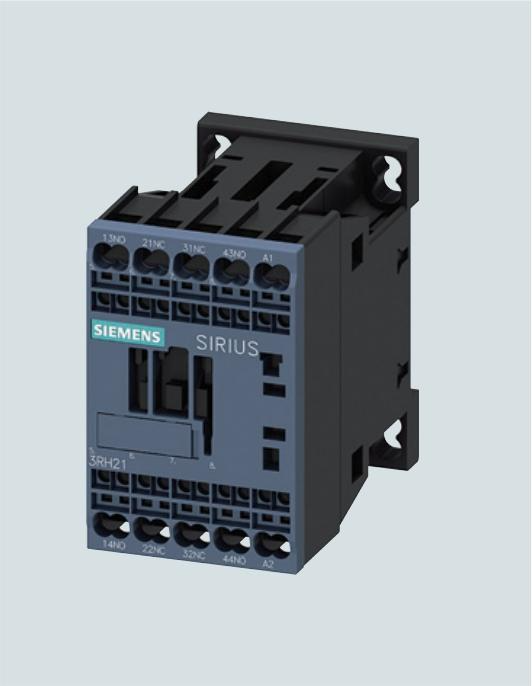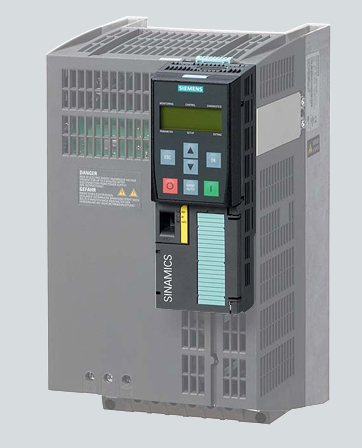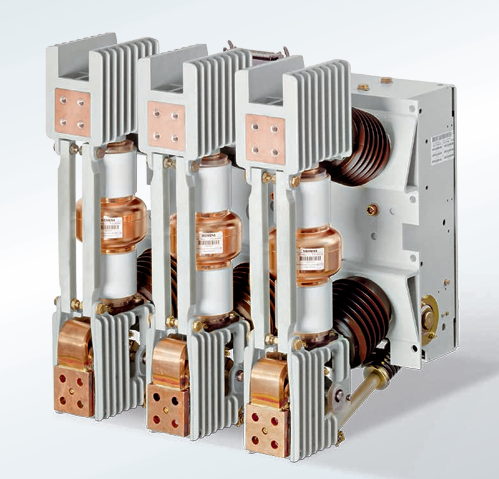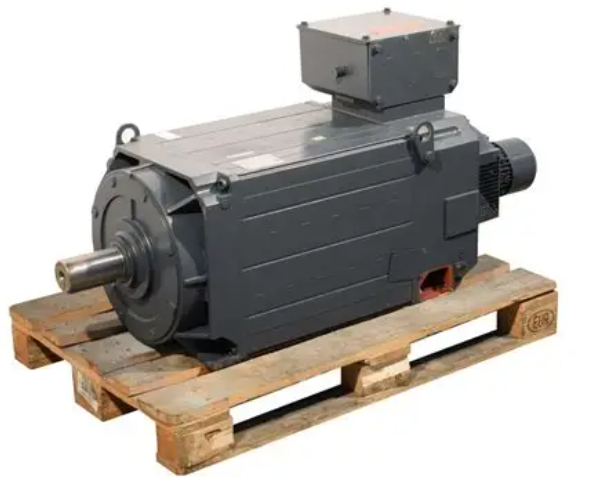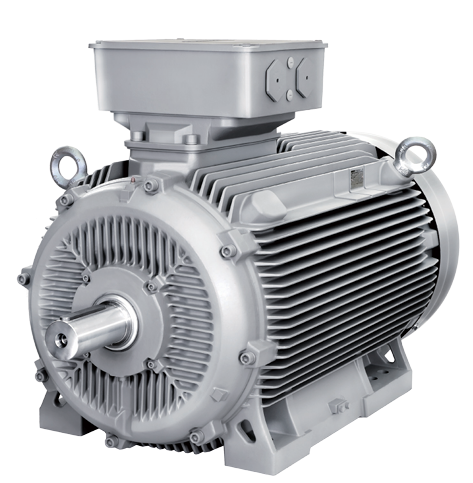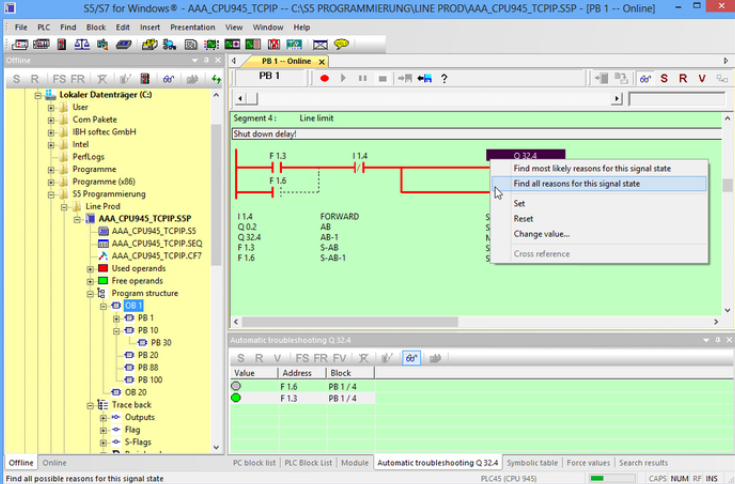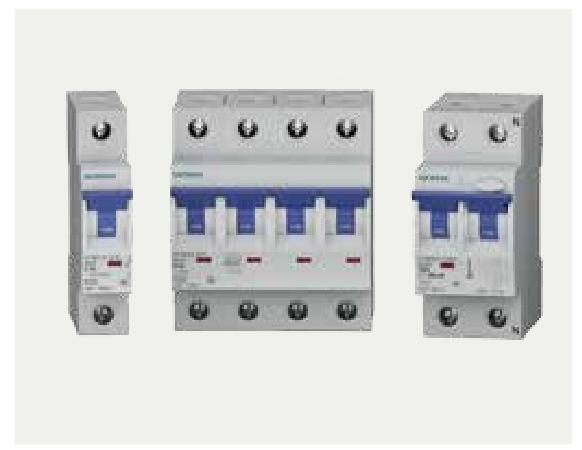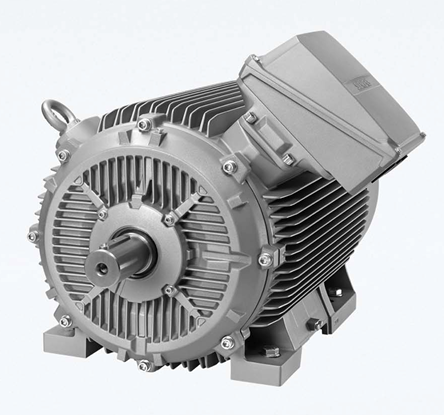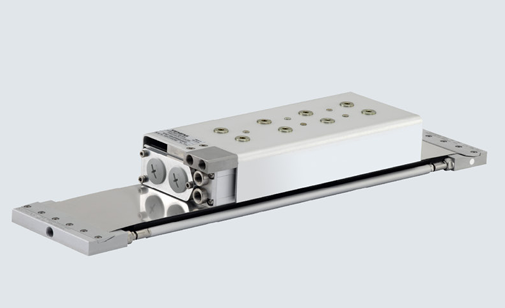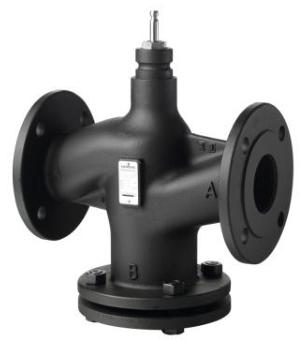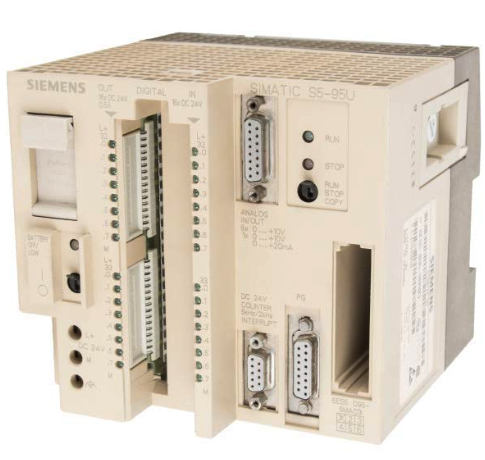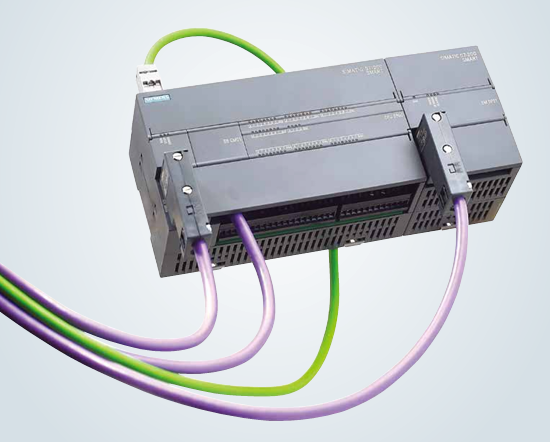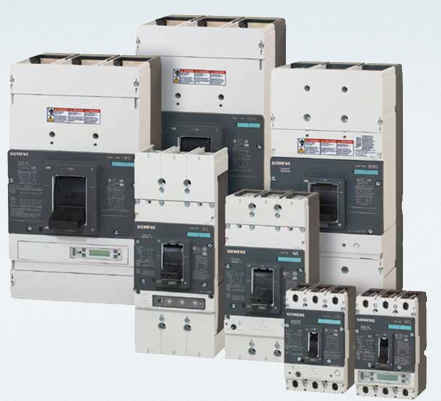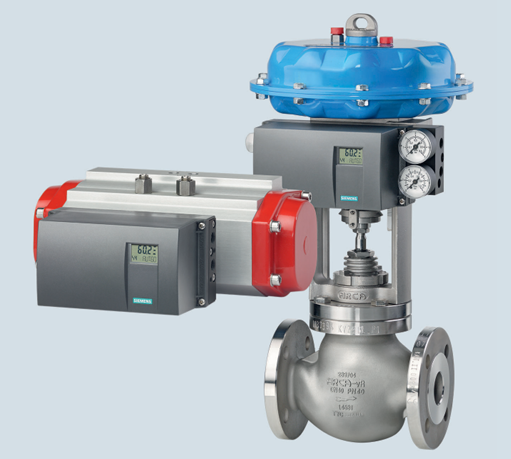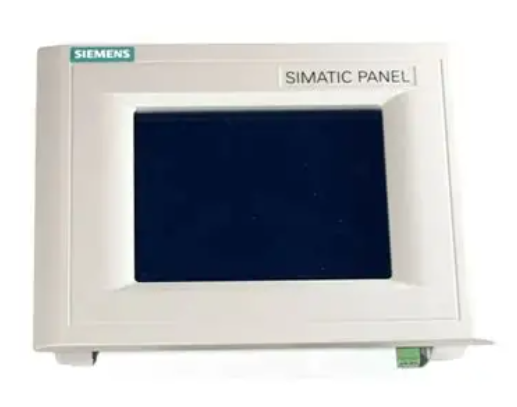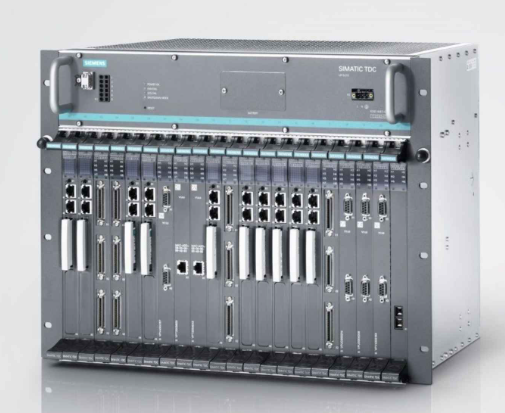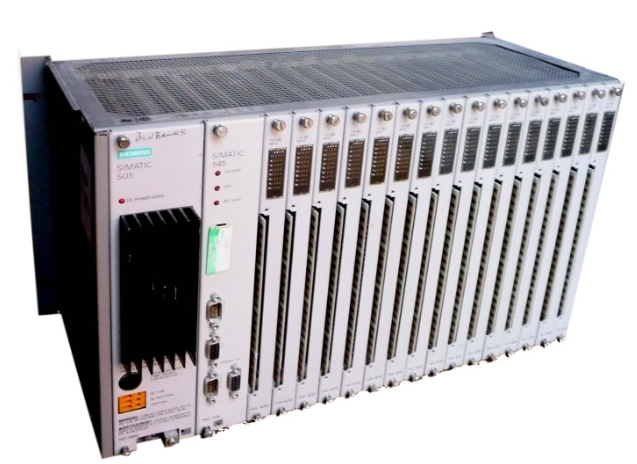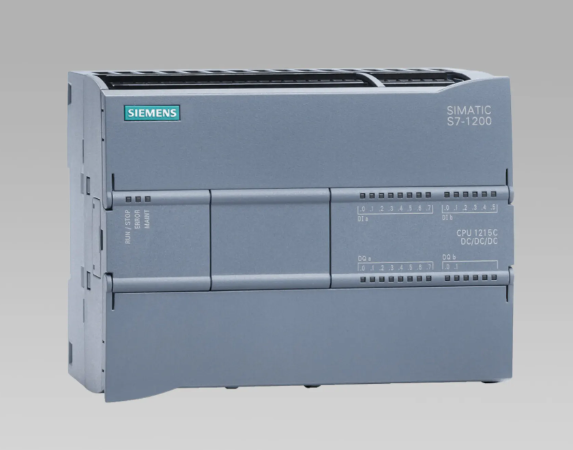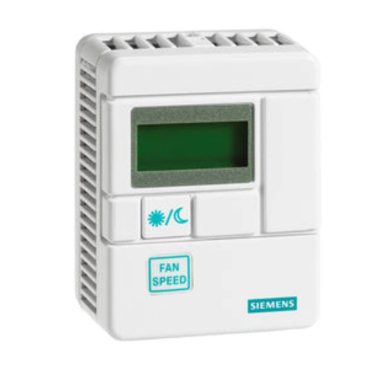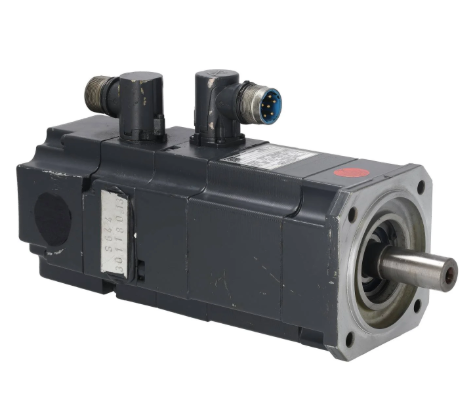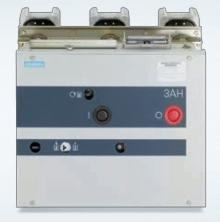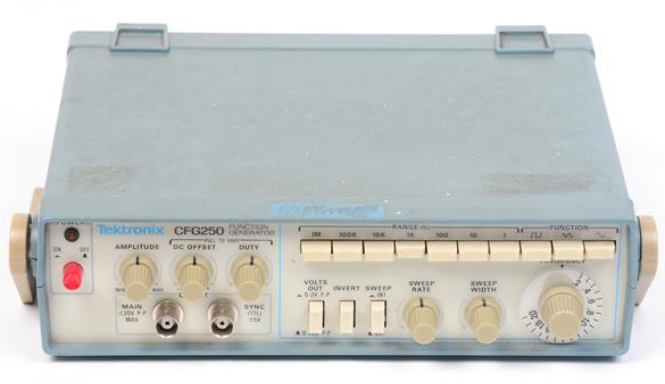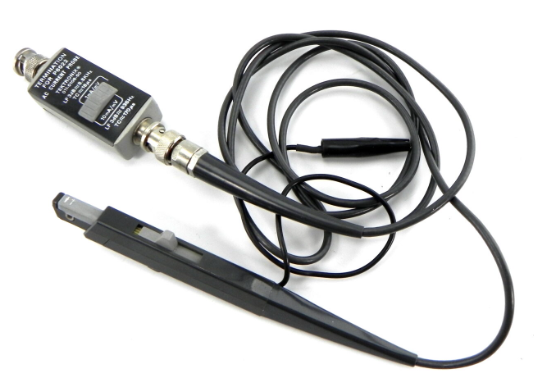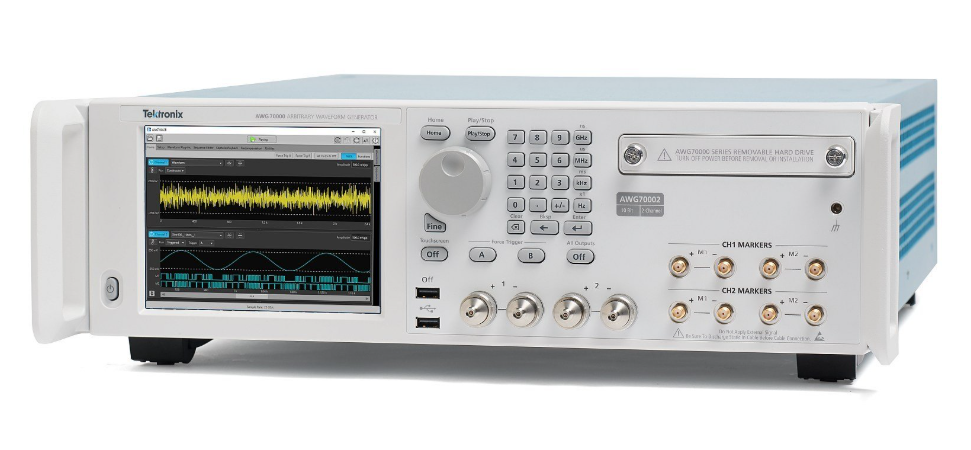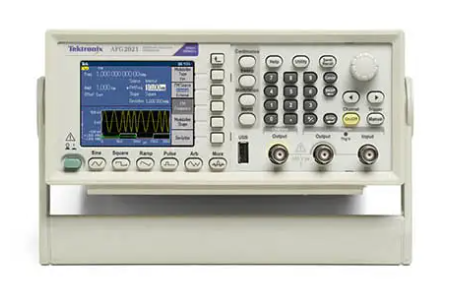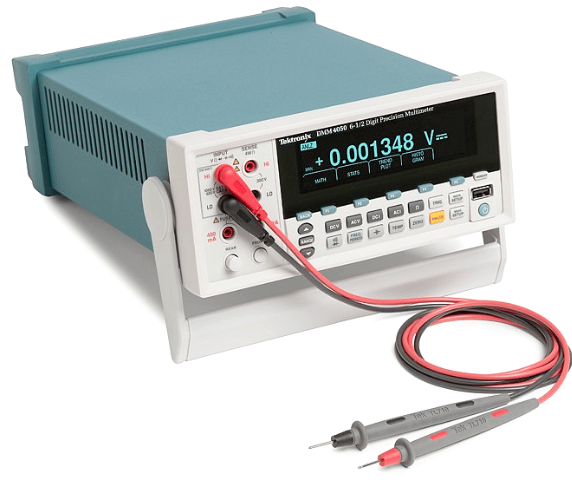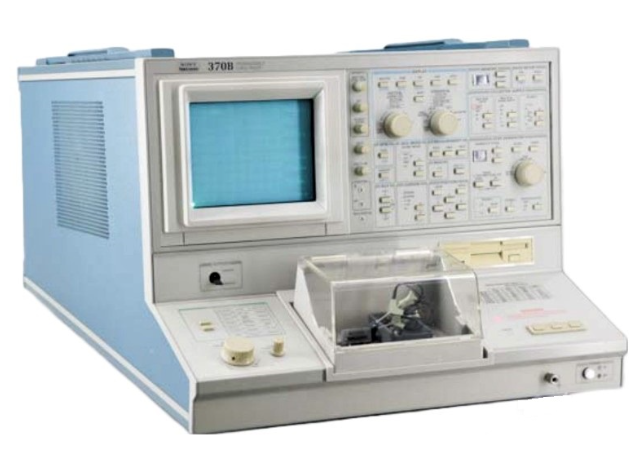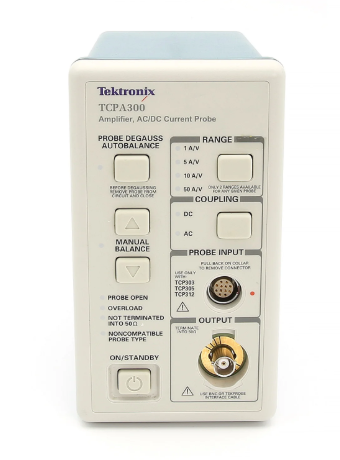

K-WANG


- Telephone:+86-15305925923
- contacts:Mr.Wang
- Email:wang@kongjiangauto.com
ABB SPSET01 Sequence of Event Time Keeper Module
Functional Features
Event Time Recording
The main function of this module is to accurately record the time sequence of various events in an industrial system. In complex industrial environments, such as power plants, substations, etc., where multiple events may occur within a short period of time, the SPSET01 module is able to record the time of occurrence of each event with a high degree of accuracy, providing accurate data for fault analysis and monitoring of the system's operating status.
It can distinguish the sequence of events, helping operators and maintenance personnel to quickly locate the root cause of the problem. For example, in power system troubleshooting, an accurate record of the sequence of events can determine which equipment failed first, which in turn triggered a series of subsequent chain reactions.
Integration with other systems
It is designed to integrate seamlessly with other ABB control systems and equipment. For example, in ABB's Distributed Control System (DCS), the SPSET01 module can work with control units, monitoring equipment and more.
This integration allows it to receive event-triggered signals from different devices and feed time-recorded information back to the relevant systems, enabling data synchronisation and integrity throughout the industrial control system.
High-precision Timing
The module is equipped with a high-precision timing chip or circuit inside, which can provide microsecond or even higher precision time recording. This high-precision timing function is crucial in industrial applications that require extremely high time accuracy, such as relay protection and automation devices in power systems.
High-precision time recording helps to accurately analyse the process of an event, such as a short-circuit fault in a power system, where accurate time recording can help determine the instantaneous state of the fault and provide an important basis for fault repair and prevention.
Second, the application field
Power industry
In power plants, whether thermal, hydro or nuclear, the SPSET01 module can be used to record the time sequence of events such as startup, shutdown and failure of generating units. For example, in thermal power plants, the time recording of key events such as boiler ignition, turbine stroking, and generator grid connection helps to analyse whether the start-up process of the unit is normal or not, as well as to quickly locate the point of failure in case of problems.
In substations, it is used to record events such as circuit breaker tripping and closing, and protective device action. There are many devices in a substation, and when a fault occurs, an accurate record of the sequence of events can help O&M personnel determine whether a line fault triggered a protection action, or whether the protection device itself malfunctioned, and so on.
Industrial Automation
In large-scale industrial production lines, such as automobile manufacturing, steel smelting, etc., the module can record the time sequence of events such as the starting and stopping of production equipment, faults, and maintenance. For example, in the automobile manufacturing production line, the event time record of robot welding, spraying, assembly and other processes can help optimise the production process and improve the production efficiency, and in the event of quality problems, the abnormalities in the production process can be traced through the event time record.
III. Technical parameters (assumptions and typical values)
Time Recording Accuracy
The accuracy of time recording can reach microsecond level, such as ±1 microsecond, which can meet the high precision requirements of event time recording in most industrial applications.
Event Recording Capacity
It is capable of storing a certain number of event records, which may range from thousands to tens of thousands, depending on the model and configuration of the module. For example, it can store up to 10,000 event records, ensuring that events are recorded over a long period of time.
Communication interfaces
It is usually equipped with standard industrial communication interfaces, such as RS-485, Ethernet interface, etc., for data transmission and communication with other devices. RS-485 interface enables data transmission over long distances, while Ethernet interface facilitates the integration with modern industrial networks for fast data sharing and remote monitoring.
Environmental parameters
The operating temperature range may be from - 20℃ to + 60℃, which can adapt to the temperature environment of different industrial sites. At the same time, it has a certain anti-electromagnetic interference ability to ensure that it can also work normally in industrial environments with strong electromagnetic interference (e.g. substations).
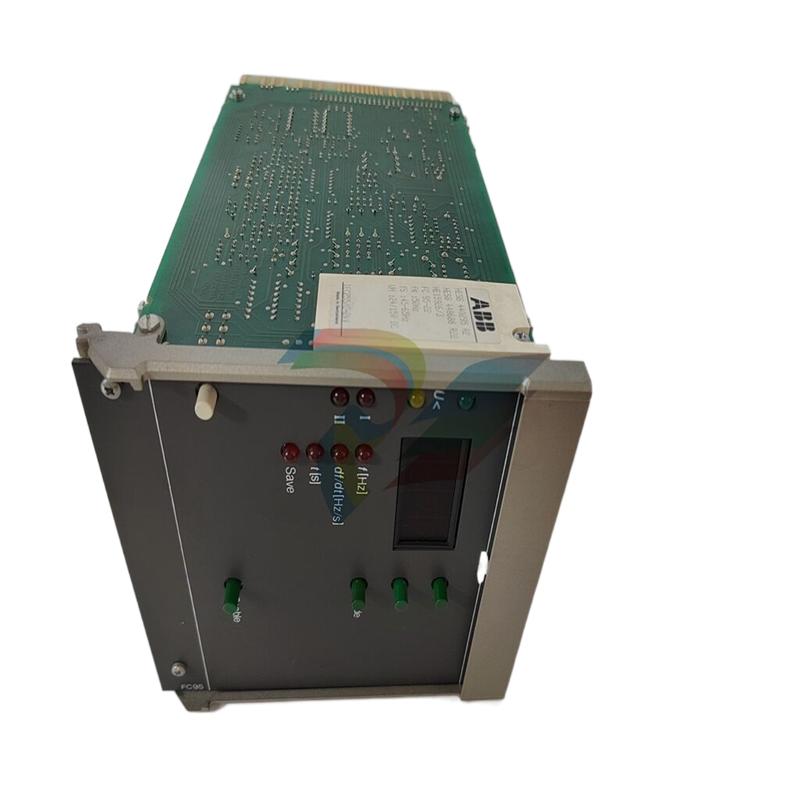
| User name | Member Level | Quantity | Specification | Purchase Date |
|---|







